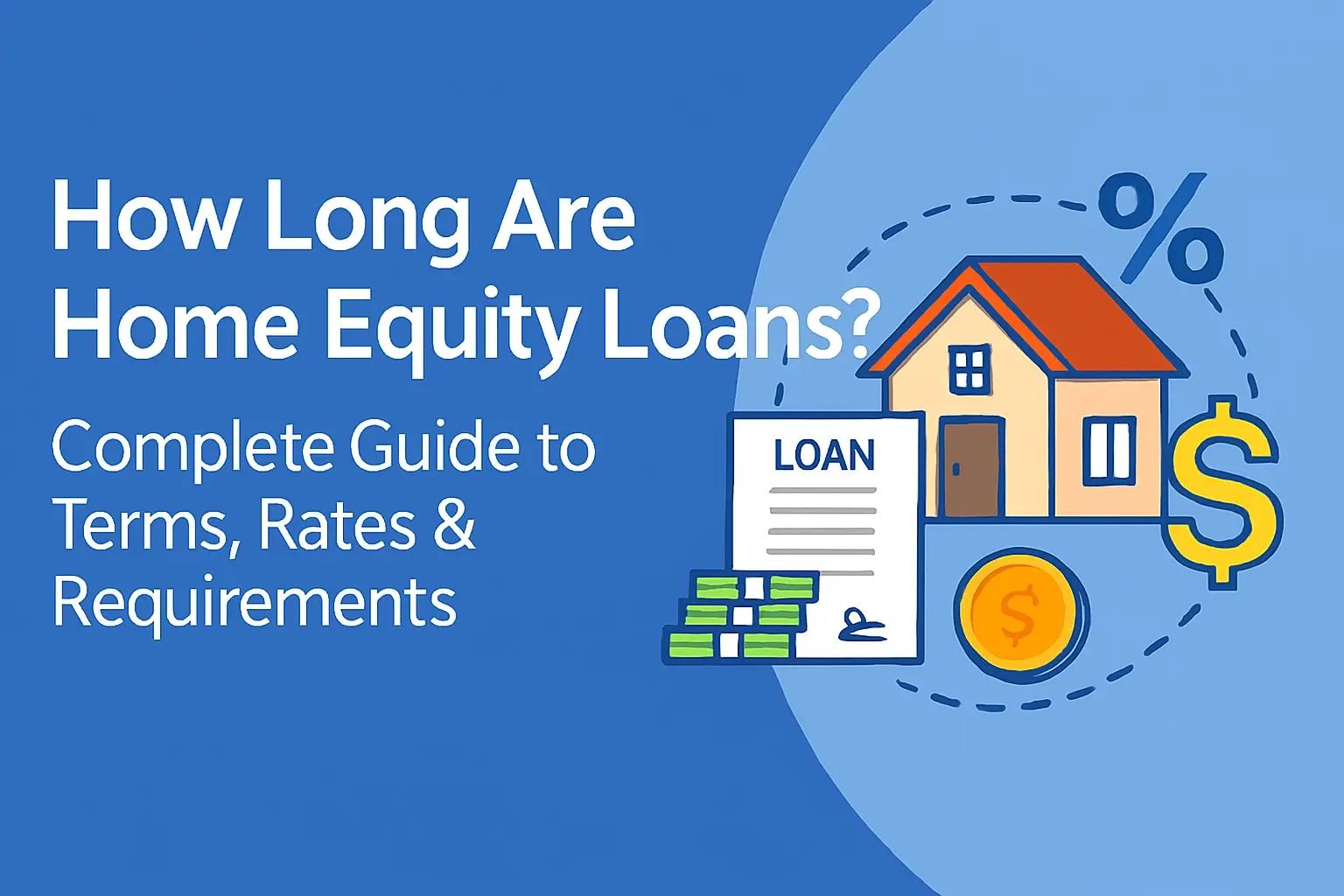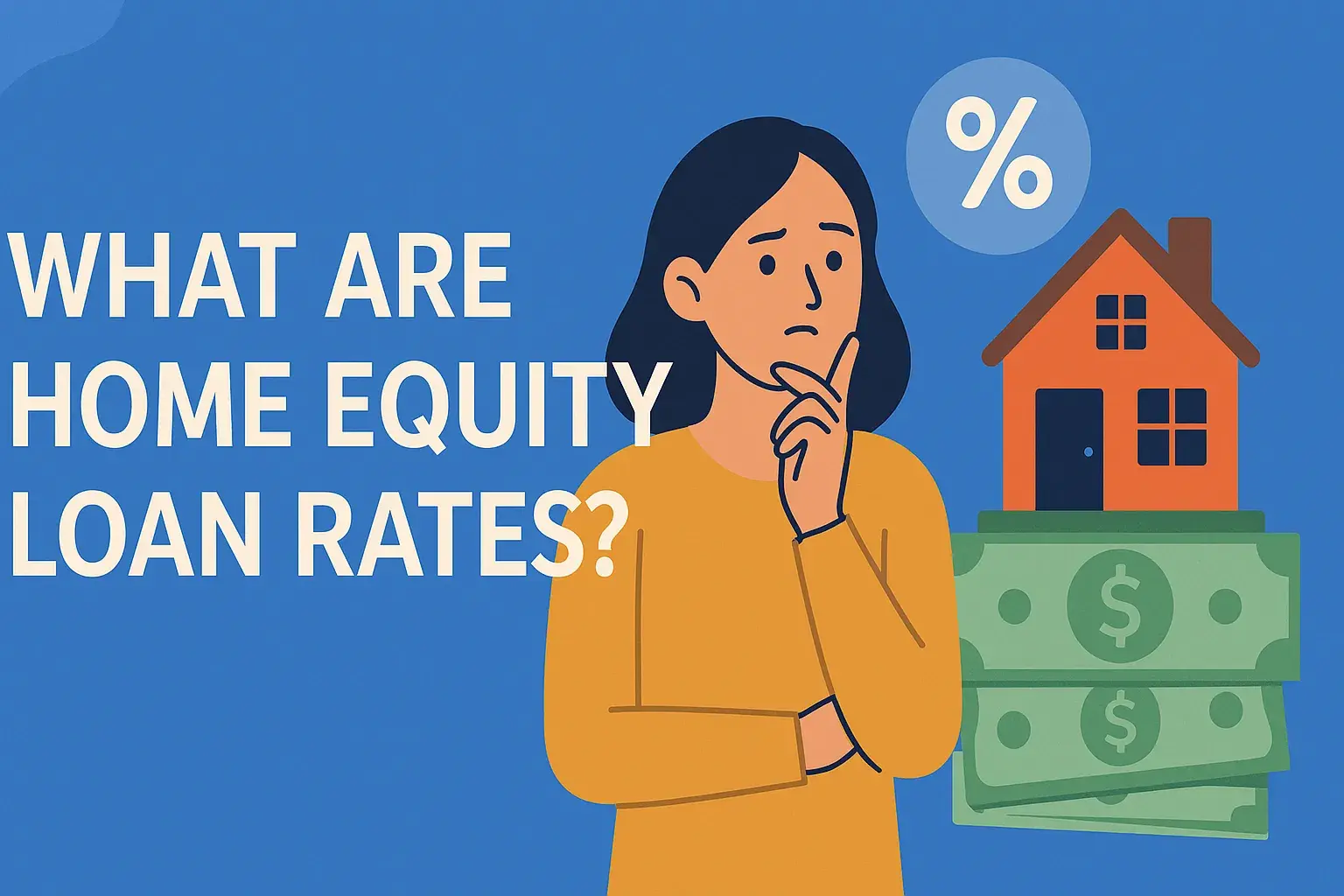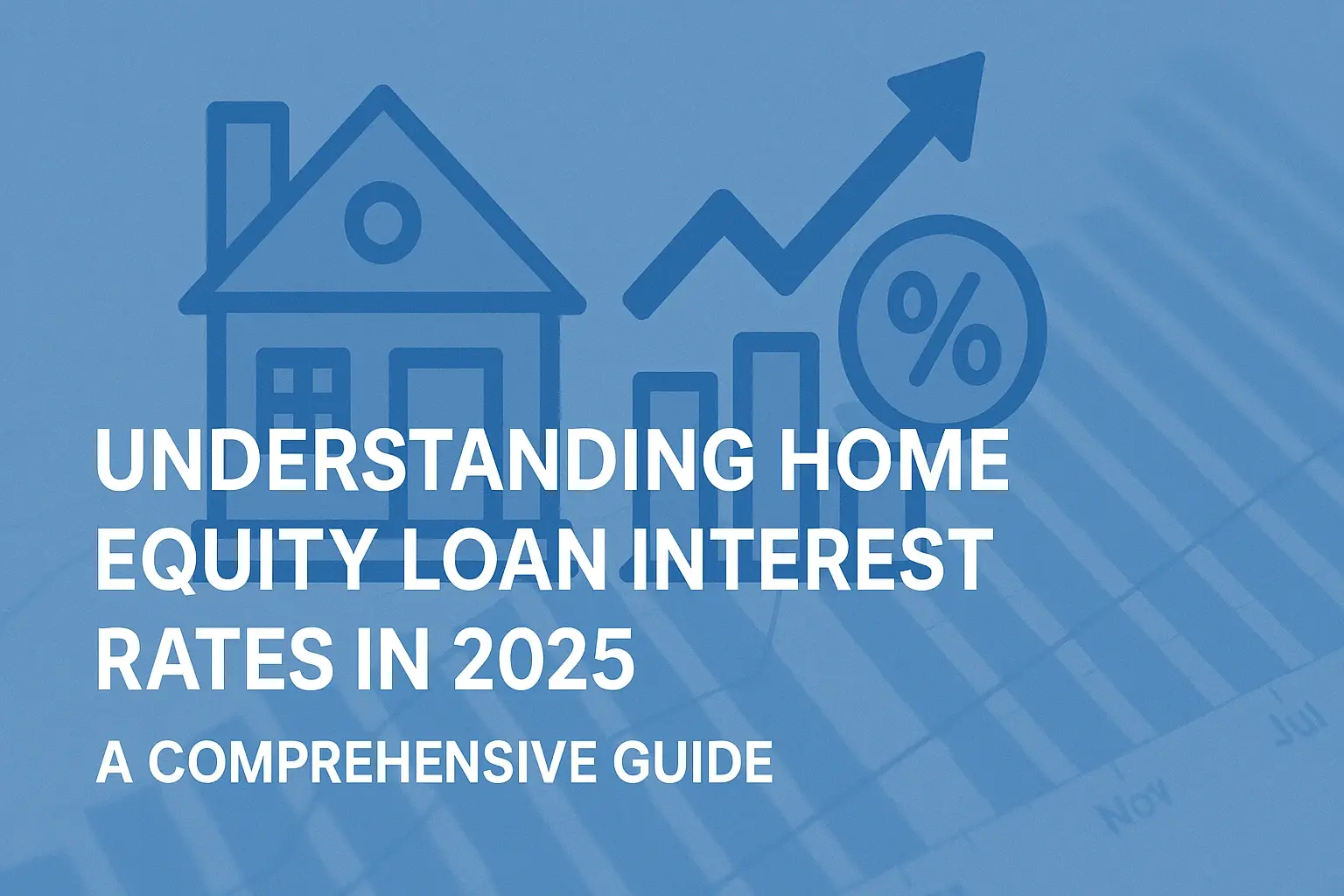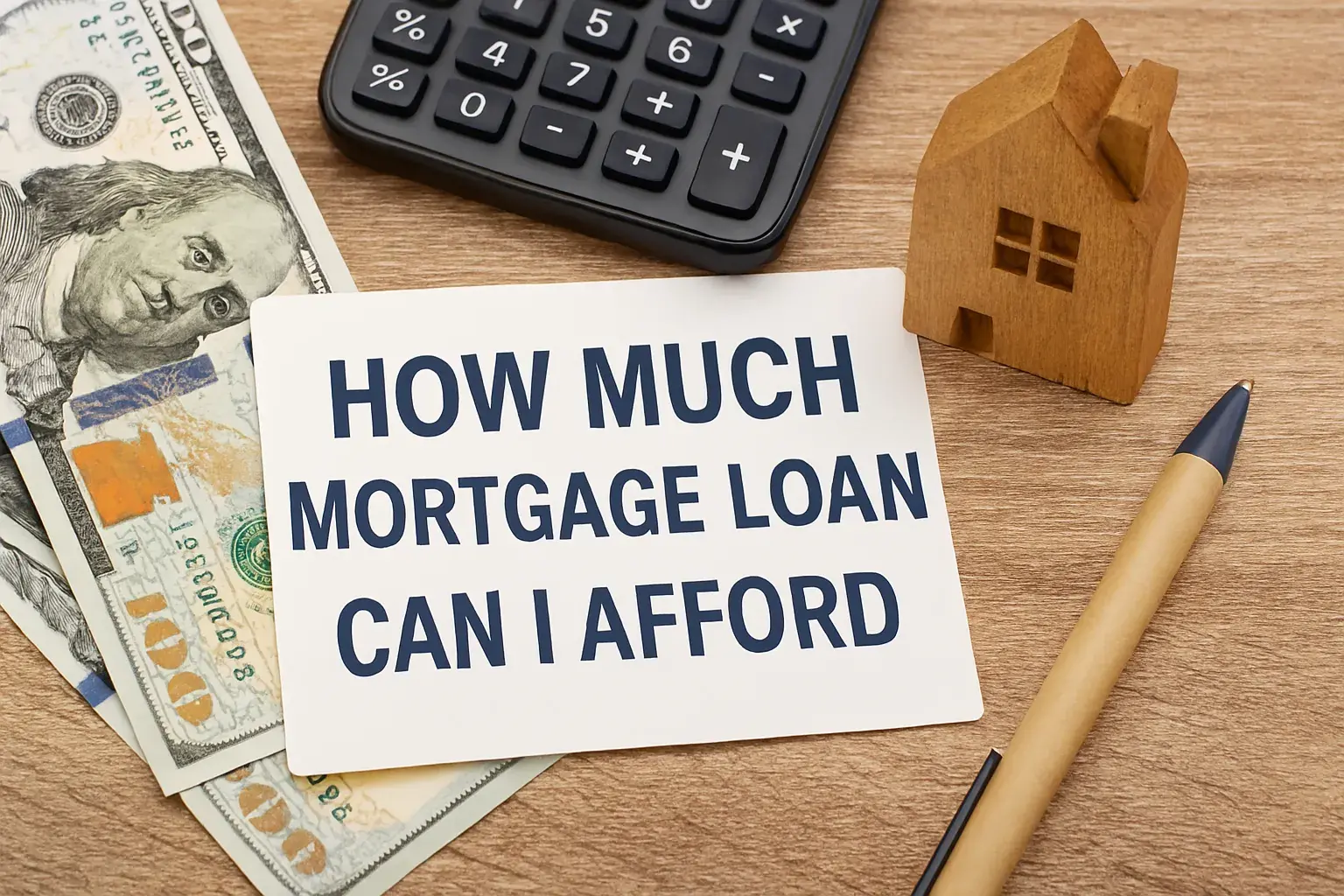-
Posted on: 23 Aug 2024

-
If you're a homeowner, you've likely heard about home equity loans. But what exactly are they, and how can they benefit you? This comprehensive guide will break down everything you need to know about home equity loans, from the basics to the finer details, helping you make an informed decision.
Understanding Home Equity
Before diving into home equity loans, it's crucial to understand the concept of home equity itself. Home equity represents the difference between the current market value of your home and the outstanding balance of your mortgage. For example, if your home is worth $400,000 and you owe $200,000 on your mortgage, your home equity is $200,000.
Home equity increases as you pay down your mortgage and as the value of your home appreciates. This accumulated equity can be a valuable asset, providing opportunities for borrowing and financial flexibility.
What is a Home Equity Loan?
A home equity loan, also known as a second mortgage, allows you to borrow against the equity you've built in your home. It's a type of secured loan, meaning it's backed by your property. You receive a lump sum of cash upfront and repay it over a fixed period with fixed interest rates.
Key Characteristics of a Home Equity Loan:
- Lump Sum: You receive the entire loan amount in one go.
- Fixed Interest Rate: The interest rate remains constant throughout the loan term, providing predictable monthly payments.
- Fixed Repayment Term: You'll have a set period (e.g., 5, 10, 15, or 20 years) to repay the loan.
- Secured Loan: Your home serves as collateral for the loan, which means the lender can foreclose on your home if you fail to make payments.
Home Equity Loan vs. HELOC (Home Equity Line of Credit)
It's essential to distinguish a home equity loan from a HELOC (Home Equity Line of Credit). While both use your home equity as collateral, they function differently.
Feature Home Equity Loan HELOC (Home Equity Line of Credit) Loan Amount Lump Sum Revolving Credit Line Interest Rate Fixed Variable (usually) Repayment Fixed Monthly Payments Draw Period & Repayment Period Loan Purpose Typically for specific projects More flexible; can be used for various purposes HELOCs act like a credit card. You have a credit limit and can borrow and repay funds during a "draw period" (typically 5-10 years). After the draw period, you enter a "repayment period" where you pay back the outstanding balance, usually with variable interest rates. Home equity loans, on the other hand, provide a single disbursement with a fixed repayment schedule and fixed interest rates.
How Does a Home Equity Loan Work?
- Application: You apply for a home equity loan with a lender, providing information about your income, credit score, debt, and home equity.
- Appraisal: The lender will order an appraisal of your home to determine its current market value. This helps them calculate the amount of equity available.
- Approval: Based on your creditworthiness, income, and home equity, the lender will approve or deny your loan application.
- Loan Disbursement: If approved, you'll receive the loan amount in a lump sum.
- Repayment: You'll make fixed monthly payments over the loan term, which include principal and interest.
Benefits of a Home Equity Loan
Home equity loans offer several potential benefits:
- Fixed Interest Rates: Predictable monthly payments make budgeting easier.
- Lower Interest Rates Compared to Unsecured Loans: Since the loan is secured by your home, interest rates are typically lower than those for credit cards or personal loans.
- Tax Deductibility (in some cases): The interest paid on a home equity loan may be tax-deductible, especially if the loan is used to substantially improve your home. (Consult with a tax professional for personalized advice.)
- Large Loan Amounts: You can borrow a significant amount of money, depending on your home equity and creditworthiness.
Potential Risks of a Home Equity Loan
While home equity loans can be advantageous, it's crucial to be aware of the potential risks:
- Risk of Foreclosure: Failure to make timely payments can lead to foreclosure, meaning you could lose your home.
- Fees and Closing Costs: Home equity loans often involve fees and closing costs, such as appraisal fees, origination fees, and title insurance.
- Debt Burden: Adding another loan payment can strain your finances, especially if your income is uncertain.
- Impact on Credit Score: Late payments or default can negatively impact your credit score.
- Home Value Fluctuations: If your home value declines significantly, you could end up owing more than your home is worth ("underwater" on your mortgage).
What Can You Use a Home Equity Loan For?
Home equity loans offer flexibility in how you use the funds. Common uses include:
Home Improvements
This is a very popular use for home equity loans. Use the funds to renovate your kitchen, remodel your bathroom, add an addition, or upgrade your landscaping. Home improvements can increase the value of your home.
Debt Consolidation
You can use a home equity loan to consolidate high-interest debt, such as credit card debt or personal loans, into a single, lower-interest payment. This can simplify your finances and save you money in the long run.
Major Expenses
Cover significant expenses like medical bills, college tuition, or unexpected repairs.
Investments
Some people use home equity loans to invest in stocks, bonds, or real estate. However, this is a risky strategy, as you could lose money and jeopardize your home.
Starting a Business
A home equity loan can provide capital for starting a new business or expanding an existing one. However, carefully consider the risks involved before using your home equity for business ventures.
How to Qualify for a Home Equity Loan
Lenders evaluate several factors when determining your eligibility for a home equity loan:
- Credit Score: A good credit score (typically 680 or higher) increases your chances of approval and often results in better interest rates.
- Debt-to-Income Ratio (DTI): Lenders assess your DTI, which is the percentage of your gross monthly income that goes towards debt payments. A lower DTI is generally preferred.
- Loan-to-Value Ratio (LTV): This ratio represents the amount you owe on your mortgage plus the home equity loan amount, divided by the appraised value of your home. Lenders usually want an LTV of 80-85% or lower.
- Income: You'll need to demonstrate a stable and sufficient income to repay the loan.
- Home Equity: You must have enough equity in your home to qualify for the loan. Lenders typically require a minimum amount of equity.
Finding the Best Home Equity Loan Rates
Shopping around for the best rates and terms is crucial when considering a home equity loan. Here are some tips:
- Compare Offers from Multiple Lenders: Get quotes from several banks, credit unions, and online lenders.
- Check Your Credit Report: Ensure your credit report is accurate and address any errors before applying.
- Negotiate: Don't be afraid to negotiate the interest rate, fees, and terms of the loan.
- Consider a Credit Union: Credit unions often offer lower interest rates and fees compared to banks.
- Read the Fine Print: Carefully review all loan documents before signing to understand the terms and conditions.
Alternatives to Home Equity Loans
If a home equity loan doesn't seem right for you, consider these alternatives:
- Personal Loan: Unsecured loans that don't require collateral but may have higher interest rates.
- Credit Cards: Useful for smaller expenses but typically have very high interest rates.
- Cash-Out Refinance: Replacing your existing mortgage with a larger one and receiving the difference in cash.
- Government Assistance Programs: Explore federal, state, and local programs that may offer financial assistance for specific needs.








